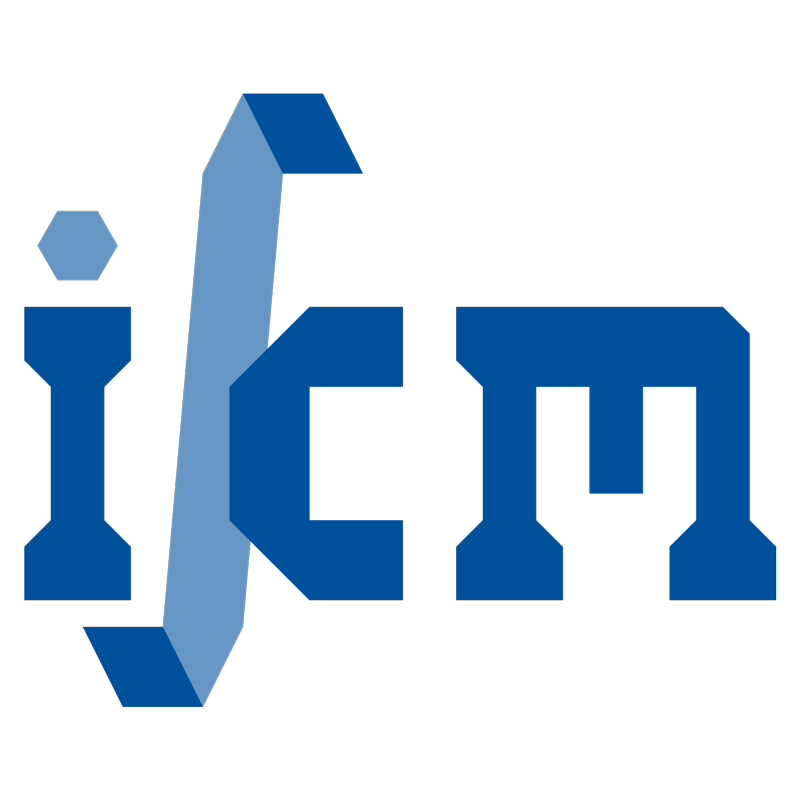Efficient and accurate uncertainty quantification in engineering simulations using time-separated stochastic mechanics
- verfasst von
- Hendrik Geisler, Philipp Junker
- Abstract
A robust method for uncertainty quantification is undeniably leading to a greater certainty in simulation results and more sustainable designs. The inherent uncertainties of the world around us render everything stochastic, from material parameters, over geometries, up to forces. Consequently, the results of engineering simulations should reflect this randomness. Many methods have been developed for uncertainty quantification for linear elastic material behavior. However, real-life structure often exhibit inelastic material behavior such as visco-plasticity. Inelastic material behavior is described by additional internal variables with accompanying differential equations. This increases the complexity for the computation of stochastic quantities, e.g., expectation and standard deviation, drastically. The time-separated stochastic mechanics is a novel method for the uncertainty quantification of inelastic materials. It is based on a separation of all fields into a sum of products of time-dependent but deterministic and stochastic but time-independent terms. Only a low number of deterministic finite element simulations are then required to track the effect of (in)homogeneous material fluctuations on stress and internal variables. Despite the low computational effort the results are often indistinguishable from reference Monte Carlo simulations for a variety of boundary conditions and loading scenarios.
- Organisationseinheit(en)
-
Institut für Kontinuumsmechanik
Internationales GRK 2657: Methoden der Numerischen Mechanik in höheren Dimensionen
- Typ
- Artikel
- Journal
- Archive of applied mechanics
- Band
- 94
- Seiten
- 2603-2617
- Anzahl der Seiten
- 15
- ISSN
- 0939-1533
- Publikationsdatum
- 09.2024
- Publikationsstatus
- Veröffentlicht
- Peer-reviewed
- Ja
- ASJC Scopus Sachgebiete
- Maschinenbau
- Elektronische Version(en)
-
https://doi.org/10.1007/s00419-024-02590-w (Zugang:
Offen)


